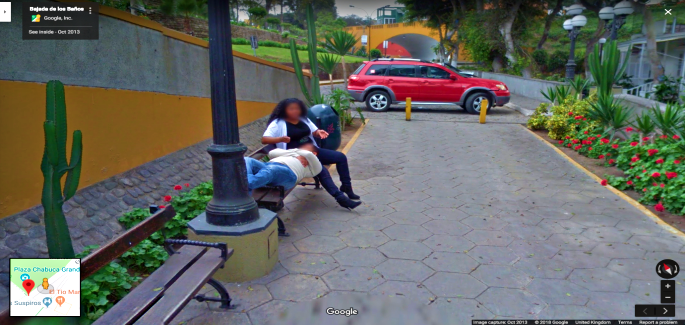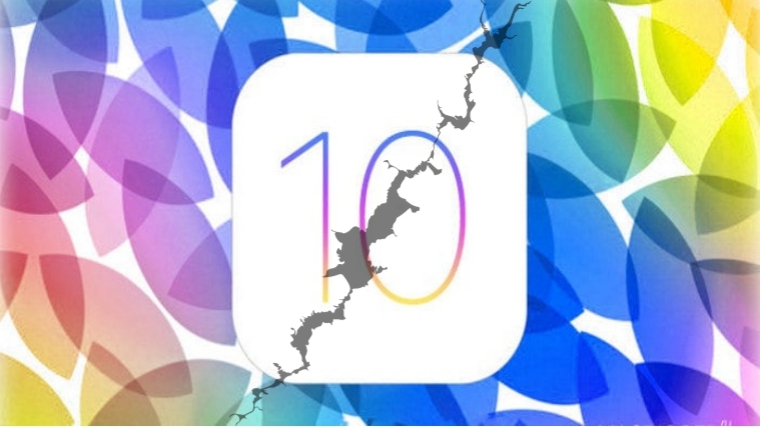Human beings have always craved interaction, from the early days when letters were the norm to the current era of social media platforms. And as technology has become more advanced, so have the ways we communicate with each other. Today, we are witnessing a paradigm shift as tech titans embrace new technologies to offer immersive social experiences.
Meta (formerly Facebook) has been on a rebranding journey to tap into the potential of the metaverse, having launched Horizon World back in December 2021. While this project has achieved little success, what counts is the bigger picture; the social AR and VR ecosystem is a field that is currently being explored by several players, including niche innovators such as Peer, an upcoming 3D social network.
So, are virtual worlds becoming the new face of social media? As much as we have yet to see massive adoption on the existing platforms, this type of social media infrastructure has more to offer, both in terms of user satisfaction and business opportunities. It is therefore not surprising that more institutions and individuals are joining the AR, VR and metaverse bandwagon.
A Game-Changer in Digital Interactions
For a long time, the level of interaction across social media platforms has been limited to comments, likes or other types of reactions. But with the advent of virtual worlds, the possibilities of interaction are becoming endless. The big question, however, is what exactly do these revolutionary platforms have to offer compared to their traditional counterparts? Let’s dive right in:
- E-commerce opportunities
According to Statista, over 90% of marketing experts from leading organizations in the US leverage social media to expand their client base. And while this has been quite effective, the integration with virtual worlds is creating room for broader markets. For example, social VR ecosystems like Decentraland and The Sandbox are not only offering a platform where innovators can design personalized social applications but also access globally decentralized marketplaces.
In Meta’s 2021 founder’s letter, Mark Zuckerberg was keen to note that the metaverse has great potential of evolving into a billion-dollar market within the next decade,
“Our hope is that within the next decade, the metaverse will reach a billion people, host hundreds of billions of dollars of digital commerce, and support jobs for millions of creators and developers.”
- Unique digital identities
In their current state, most social media platforms allow users to create an identity based on their names or a pseudo of their choice. But the challenge comes in verifiability, many are times when malicious social media users have stolen or impersonated other people for their own gains. Well, that does not have to be the case in a virtual world, especially the ones built on a publicly verifiable blockchain network.
Twitter, for instance, launched NFT profile picture verification on Ethereum last year, enabling users to verify the authenticity of a particular display avatar. While this doesn’t exactly fall in the social VR realm, the concept is pretty similar; blockchain-powered virtual worlds are designed to allocate users with a unique on-chain identity. This means that each user’s data has a distinctive entry on the blockchain that can be easily verified by anyone with access to the given ledger.
- Immersive user experiences
Virtual worlds are introducing more immersive experiences than those currently offered by the likes of Facebook, Instagram, and Twitter. While these traditional players still have an upper hand, social AR platforms like Peer are tapping into the talent pool of experienced 3D developers to further bridge the gap between the physical and digital worlds. The project recently acquired Zenly’s team of elite engineers to build its AI-powered 3D maps.
“Our 3D maps sit at the intersection of the digital and physical worlds, enabling users to access both simultaneously. We see it as a globally connected experience.” – Peer Inc Founder & CEO, Tony Tran.
With the world moving towards digital ecosystems, the success of futuristic social media platforms will largely depend on user experience. Gone are the days when one would be excited by simplistic functions such as direct messages, emoji reactions or likes. The game has changed to more engaging experiences like being able to share real-life experiences with family or friends through personalized 3D maps.
Conclusion
Virtual worlds present a novel way of connecting with other people and unlocking new opportunities in the digital space. From facilitating e-commerce to providing users with unique digital identities, virtual worlds are transforming the way we interact with each other. This is more than just a passing trend, virtual worlds are here to stay and will continue to shape the future of social media. As we move into a new era of digital interactions, it is up to the stakeholders to capitalize on the potential of virtual worlds and transform the online experience for users.









